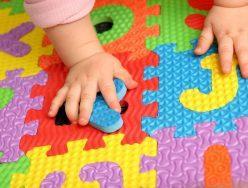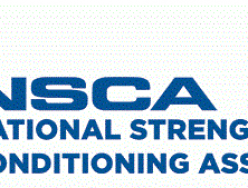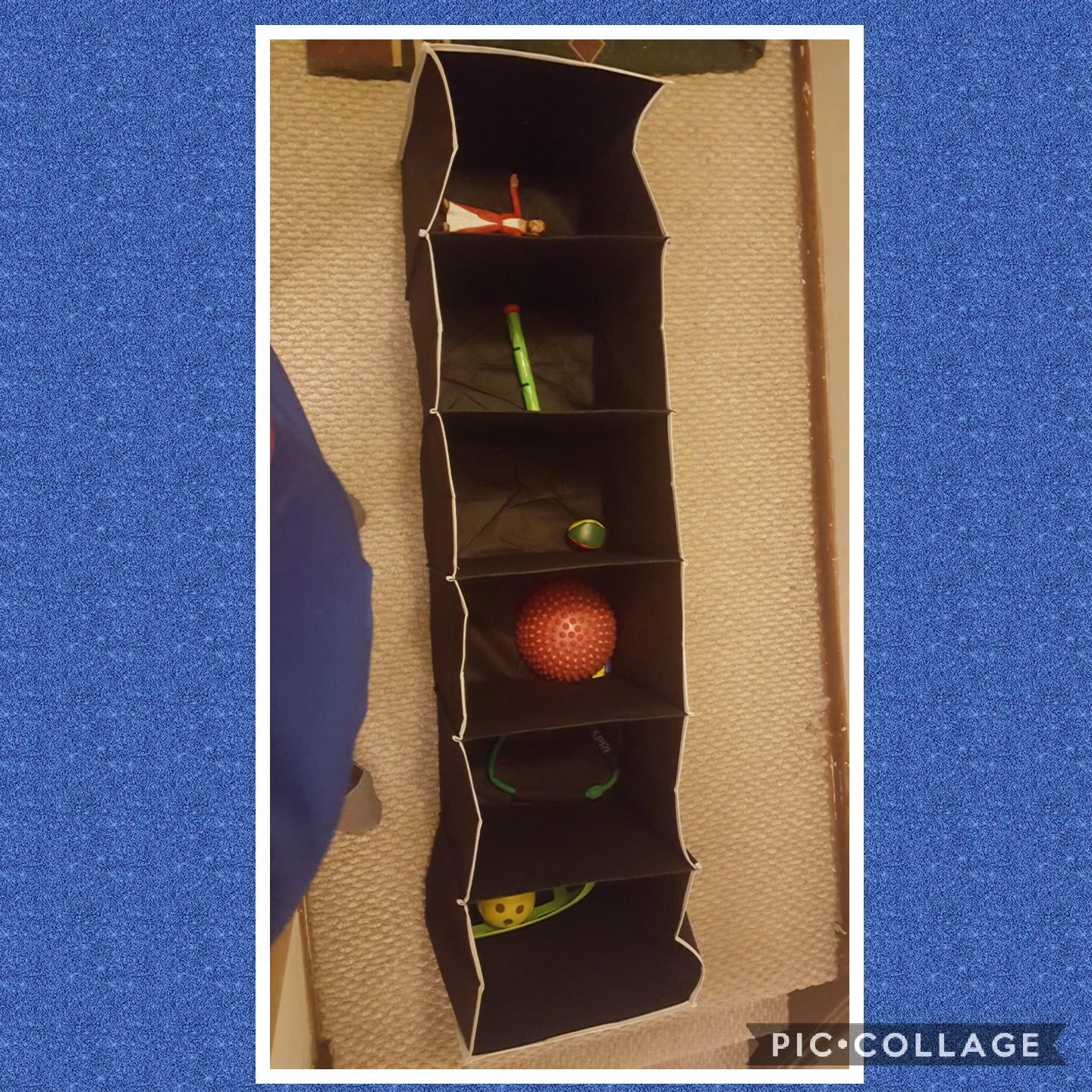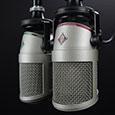Preparing for Your First 5K
Preparing for your first 5K can be a wonderful experience. First of all, you should be making sure you are physically able to do a 5K walk/race. Going to the doctor for a general check-up and blood work should be the first step. The second step is to make a decision to do a race that is five to eight weeks away and register for it. The next step is to tell family and friends of your intention of running that race. That should start to fuel the motivation it takes to do the race.
The next progression is a clothing inventory of what you already have and what you will need for race day. You should make a decision about what clothing you will need for training and for the day of the race. Layering and avoiding cotton is essential. Going to a running store to buy proper shoes for your race is crucial. The staff can check your gait and foot type. Pick clothes that are loose fitting but comfortable. Avoid tight underwear or slippery clothing that might deter your time during the race. A good hydration belt that does not bounce, such as a spider or I-Fitness belt with pockets, is a good option for carrying water/sports drinks during the race. It is also good during your training runs to carry identification such as a driver’s license, state identification, or a road ID that lists your address, contacts in case of emergency, and blood type in case something happens during your training or during the race.

























